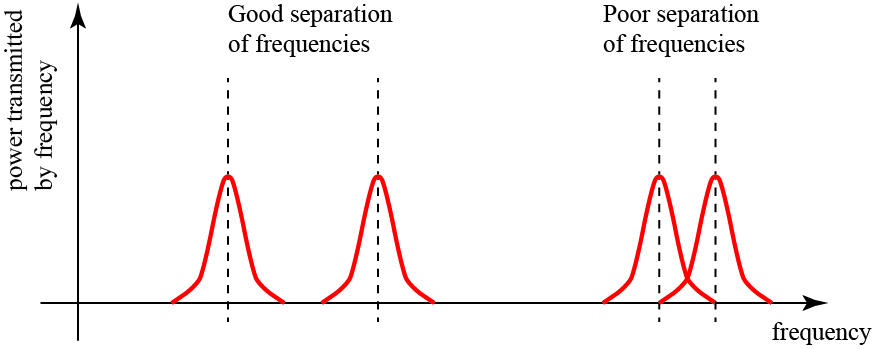This insightful blog post seems to refer to this article. I hope the article is an isolated case. Although it’s undeniable that scientific illiteracy is spreading.
I remember the days when laptops used to have infrared ports, so that you could connect to the infrared port on your mobile phone for tethered internet. And it was atrocious - always dropping out, even when you’d moved either item. Bluetooth tethering / USB cable tethering is just so much more robust.
I realise that our tech has moved on a lot in the last twenty-or-so years, but I’m struggling to see the use cases that this ‘new tech’ (as described by PC Gamer) would enable. Mobile data and wifi are both fast and reliable, and wired connections are very fast and much more reliable. A 224 GB/s link speed is absurdly faster than most consumer hardware can read or write to disk; if you were hoping to reduce ‘gaming latency’ by holding your phone or laptop at just the right angle, then the benefit would be overshadowed by other delays in the general internet. Providing a ‘secure link’ at this speed (‘quicker and safer than wifi’) would only make sense if you’ve two mainframes in the same room, but for some reason you don’t want to make your data centre look untidy by running fibre optic connections between them.
If you wanted to avoid having to hold your phone at just the right angle, you could try to direct the light, maybe using a flexible fiber of glass or plastic and point it directly at the receiver! Bet that could go fast!
The og article was already posted in [email protected] at least and I was honestly disturbed by the amount of people in that community that were okay with this level of scientific ignorance from writers in a technology-centred blog. It’s like people WANT to be lied to and misinformed.
Fascinating read. Thanks
Basically confusing bandwidth and latency. As far as speed it all depends on what media.






